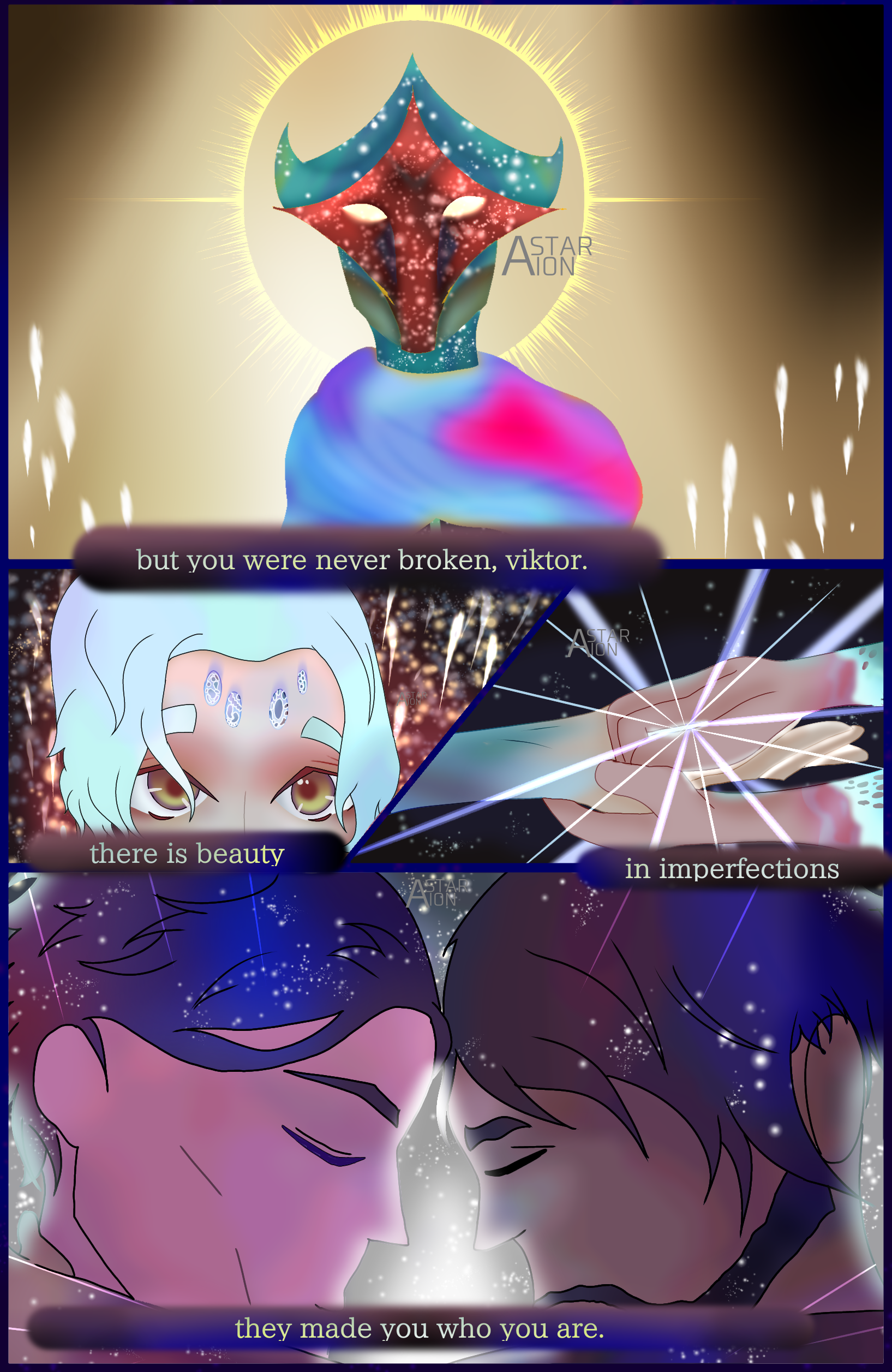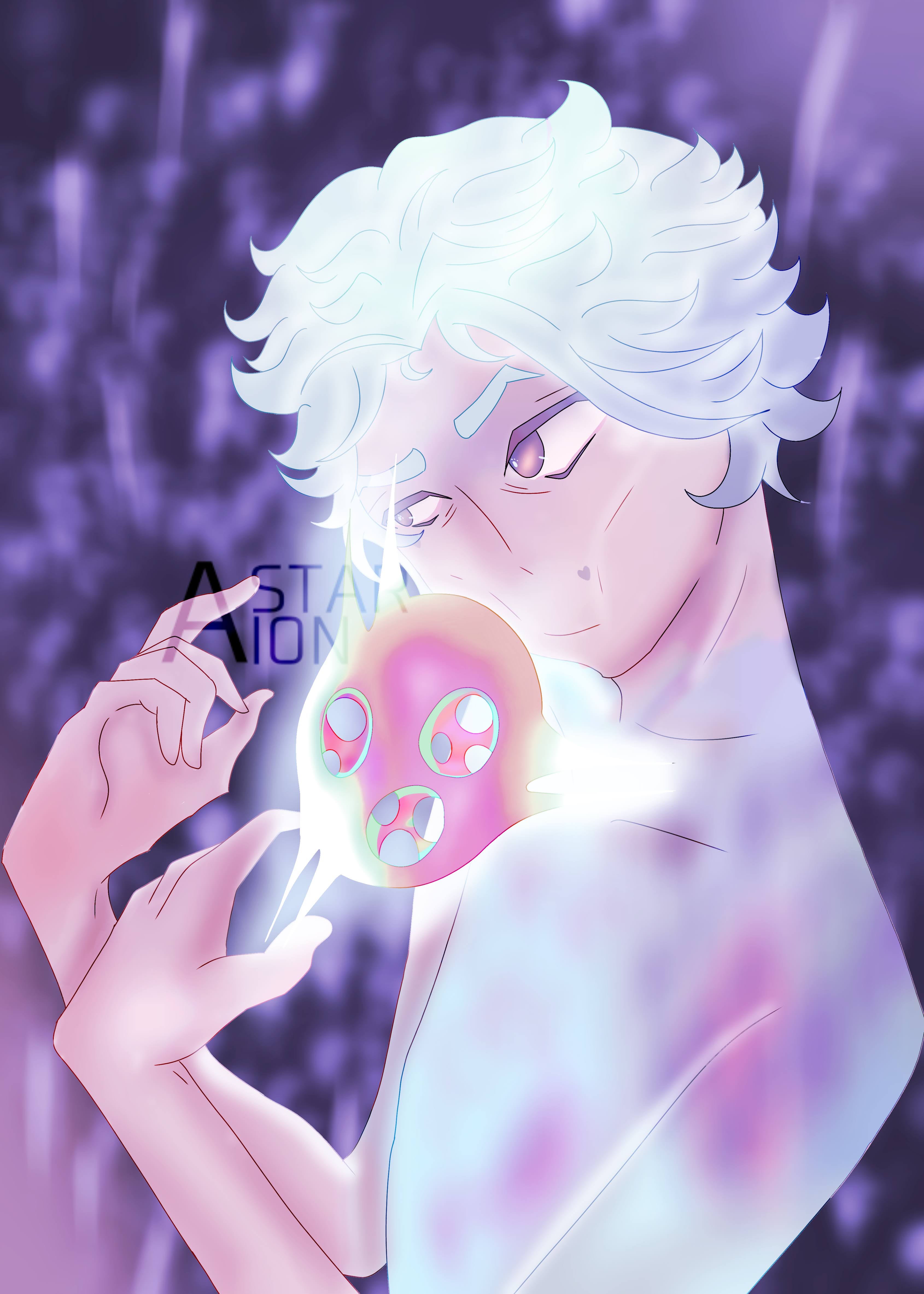

Alex, known online as a-star-ion, is a rising youth queer artist. Starting drawing at a young age, Alex has always explored themselves creatively. Through painting, sketching, crocheting, digital art, pencil crayons and other such mediums, Alex has been exploring new mediums upon starting high school art. While they excel in digital art, they are open to trying out different mediums.
They hope to create visual art that brings a smile to people's face and create more appreciation in modern society for art. While most of their work is fanart (art made based on shows, TV, games and other forms of media), art is something that they want other people to see as honorable or respectable.
In the past, they have made posters for their school's Gender and Sexuality Association: a safe space for queer students and allies to find support and host events related to the LGBTQ+ community. In the recent political climate, this has been losing popularity, but students have, for the most part, been accepting. They are participating in the 2025 ECSD Art Walk and hope to find more opportunities to display their art publicly.
They are inspired by their grade 10 art teacher, friends (one of which is popular in online art spaces), family and music. They have taken art class since grade 7, scoring over 90% every year and enjoying every piece they made. They participated in their elementary art club, where they first began showing interest in the arts. Outside of this, they have no formal artistic education, but have learned lots through experience and use of references in their art.
Good references often display the shape-based makeup of subjects, such as people or creatures. The images below are excellent examples.
Great resources to look into include Pinterest and stock images. PoseMyArt is also a great resource when no images match the idea you have in mind.
Using a reference, often a collection of them, I start a sketch of my drawing.
Red is used for a basic mock-up of the subject's pose, using circles and lines to get a general idea on how it works.
Blue is the body features, which is where the subject's body features start to come to life. Muscles, missing limbs, or other shape features are shown.
Purple is the hair on humanoid characters, which is one of my favorite parts of drawing characters. Hair is often quite expressive and can include symbolism of a character.
Deep green is the face, which contrasts the colors around it and is easier seen later on.
Varying shades of orange are the clothing, again, for contrast.
For non-humanoid subjects, such as (often used) dragons, different colors are used based on context to distinguish between different features of the creature, including scales, spikes and limbs. The red and blue remain the same, however the rest is interchanged.